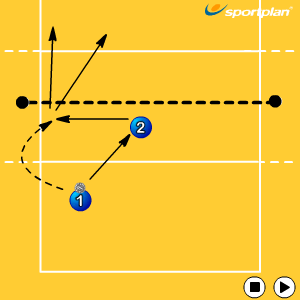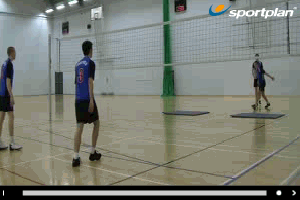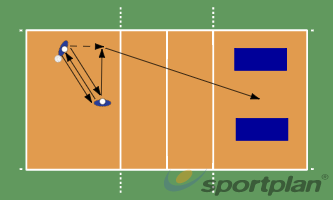Attacking efficiency measures kills minus errors divided by attempts. Top attackers maintain high efficiency by varying their shots, reading blocks, and selecting appropriate attacks for each situation. Power alone doesn't create elite attackers.
Shot Arsenal
Versatile attackers have multiple options:
Line shot: Down the sideline, often against cross-court blocking.
Cross-court: The high-percentage angle shot to the opposite corner.
Cut shot: Sharp angle shot that lands short in the court.
Tip: Soft placement over or around the block.
Roll shot: Controlled placement with topspin to open areas.
Reading the Block
Block position: See where hands are and hit where they're not.
Timing: Late blockers can be hit through or around.
Single vs double: One blocker offers more options than two.
Tool shots: Use the block - hitting off hands for kills.
Decision Making
Set quality: Tight sets limit options - adjust expectations.
Approach angle: Your angle determines available shots.
Game situation: When ahead, be aggressive. When behind, reduce errors.
Opponent tendencies: Know where defenders are and hit elsewhere.
Technical Foundation
Approach consistency: Same approach for all shots hides intention.
Arm swing variety: Adjust contact point and wrist action for different shots.
Late decision: Read the block in the air before committing to a shot.
Contact point: High contact gives more angles and power.
Key Coaching Points
- Shot variety is as important as power
- Reading the block determines shot selection
- Same approach for all shots maintains deception
- Situational awareness improves decision making
- Practice all shots, not just the comfortable ones
















